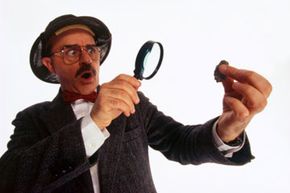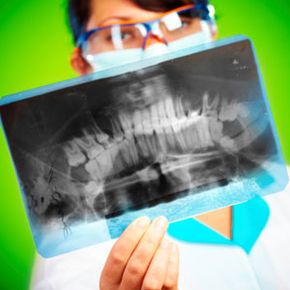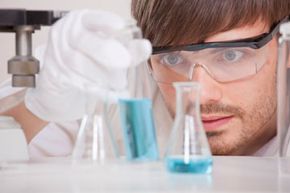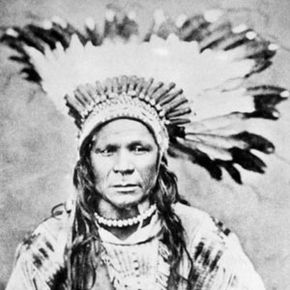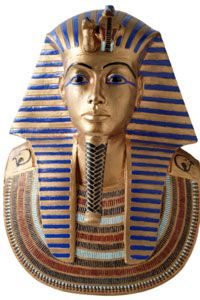Forget the Indiana Jones fedora -- it's so passé. The 21-century version of archaeology is far more sophisticated than any whip-wielding gold digger could hope to understand.
Archaeology as an academic and professional endeavor has been around for a long time. Archaeologists find physical evidence of ancient human activity, such as bones and construction materials, and analyze them for clues about the lives of past populations.
Advertisement
As technology and archaeological practices have evolved, so has the field as a whole. One specialty is called bioarchaeology (a specialized type of physical or biological anthropology). Bioarchaelogy is the study of human skeletal remains from archaeological sites. This discipline allows us to reconstruct past human activities, disease and overall health patterns, and much more.
Like a lot of scientific endeavors, bioarchaeology is a blend of multiple academic disciplines, including paleodemography (the study of demography of ancient populations), paleogenetics (the application of genetics to paleontology) and mortuary studies (the study of dead bodies).
People from different countries have various names for bioarchaeology, so an extremely precise definition is elusive. European researchers, for instance, often refer to many aspects of bioarchaeology with other descriptors, such as osteoarchaeology (the archaeological study of bones) and palaeoosteology (the study of ancient bones). Plus, in European countries, archaeology and anthropology are considered different fields, yet this distinction doesn't happen in the United States.
The term bioarchaeology was first used by British archaeologist Sir John Grahame Douglas Clark in the 1970s. But it was American bioarchaeologist and anthropologist Jane Ellen Buikstra who popularized the term as it is most often utilized in the United States. For our purposes, we'll stick to the American variety of bioarchaeology, which emphasizes broad training in all anthropological fields, followed by specialization into bioarchaeology.
Bioarchaeologists analyze burials, as well as prehistoric diets, dental anthropology, health and nutrition, paleopathology, paleodemography, and even search for clues about a population's occupations and behaviors.
They look for changes in patterns of malnutrition and disease over many generations of a society, reconstruct human migration, and track population growth or decline. Perhaps most importantly, bioarchaeologists expand our understanding all of these variables in a historical context.
Before they can construct their elaborate theories, though, these scientists have to dig hard for answers. Sometimes, that means they literally grab a shovel and hit the dirt.
Advertisement
